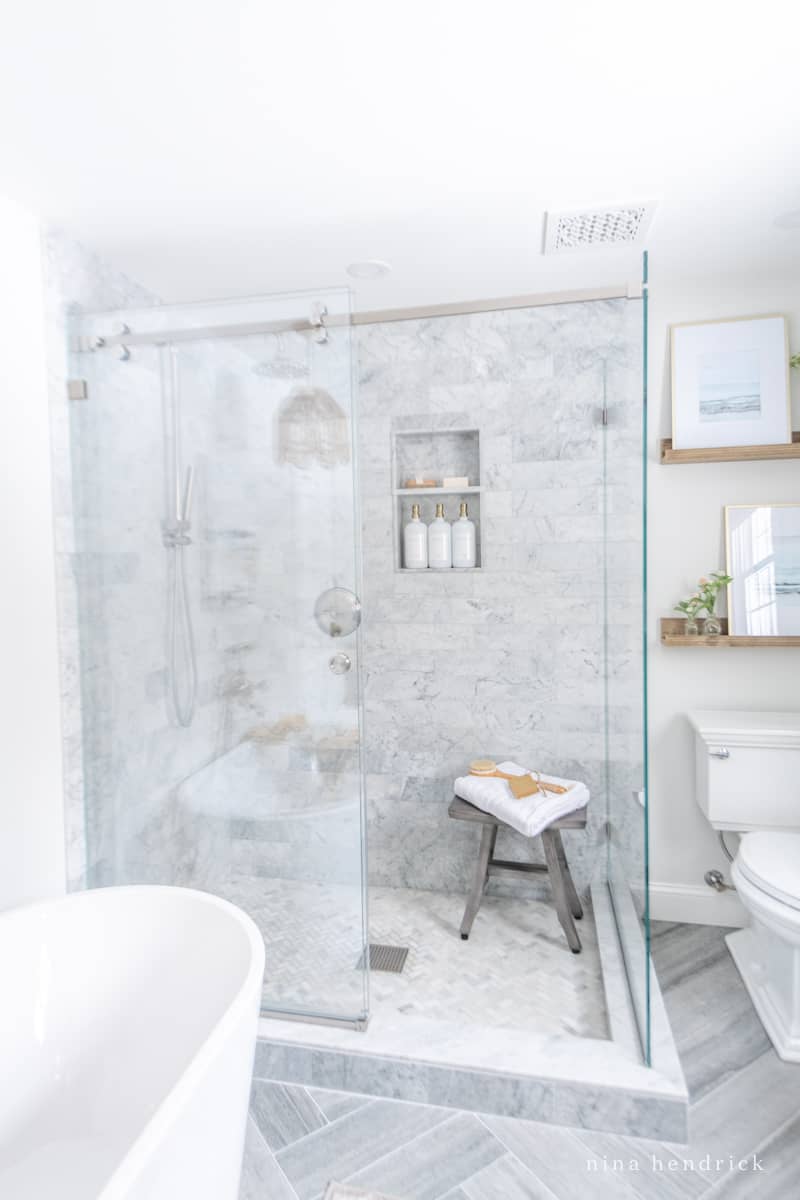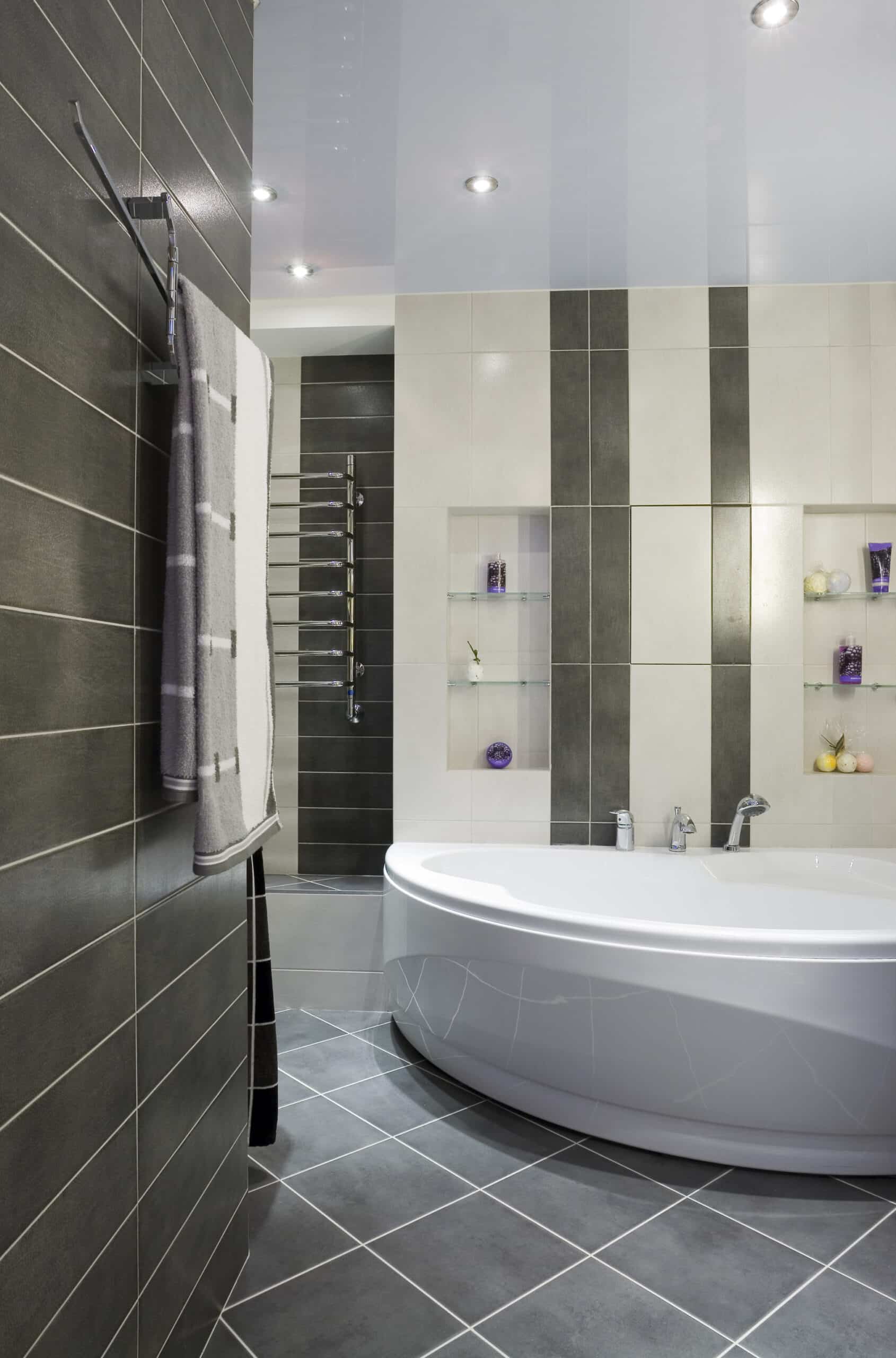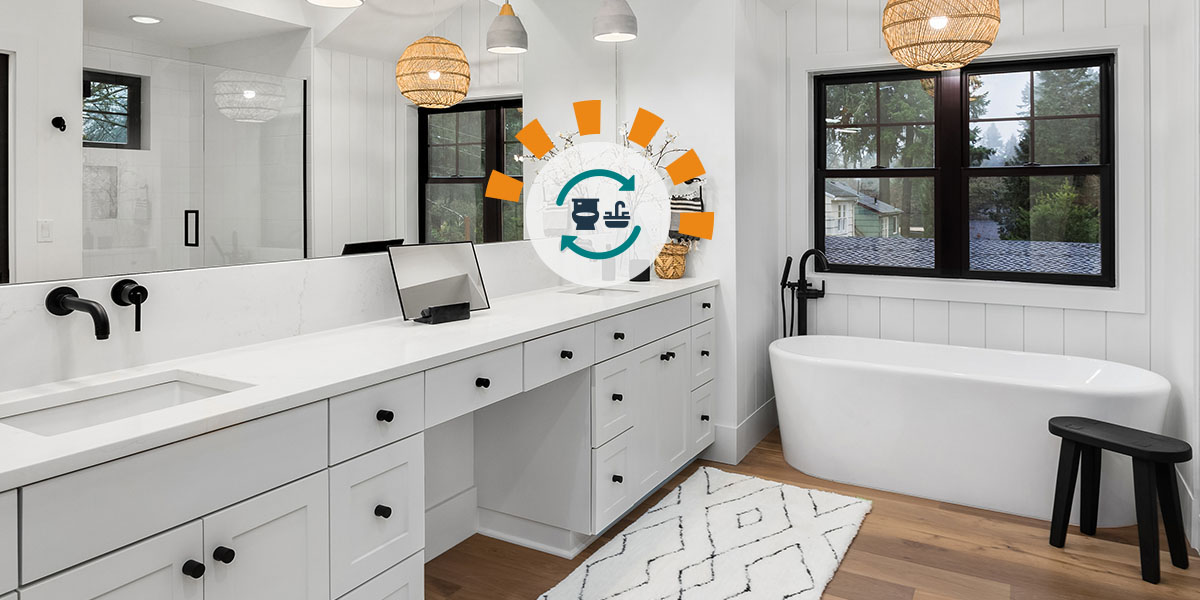

Selecting the best tiles for your bathroom can be overwhelming. Consider durability, water resistance, and style. Remember, the right choice enhances both aesthetic appeal and functionality.

When selecting bathroom tiles, consider water resistance, durability, and style. Porcelain and ceramic tiles are ideal due to their resilience and wide array of designs.

When selecting bathroom tiles, it’s important to consider slip resistance, ease of cleaning, and overall aesthetic appeal. Durability and water absorption rates are also crucial factors to evaluate.

Preparing the bathroom surface is vital. It’s crucial to remove any old flooring and fix cracks. Assessing the layout ensures proper planning. Clean thoroughly for better tile adhesion.

Begin by examining the current layout. Identify any damaged or uneven areas. Note existing tile patterns and dimensions. This helps create a seamless and cohesive design plan.

The surface must be clean and level. Remove old adhesive and any debris. Fill cracks and holes with a suitable filler. Ensure the area is completely dry before starting.

Applying a consistent layer of adhesive ensures durability. Use spacers to keep tiles aligned. Cut tiles precisely to fit edges and corners. Allow adequate time for the adhesive to set.

Different areas require different techniques. Walls need thin-set adhesive. Floors benefit from a thicker mortar. Wet areas like showers need water-resistant backer boards. Always use spacers for uniform gaps.
:strip_icc()/103120694-bff0eff6b9e042c291b118ed8f9972c9.jpg)
Ensure the surface is clean and level. Use spacers for uniform gaps. Apply adhesive evenly. Cut tiles precisely with the right tools. Allow proper drying time before grouting.

Choosing the right grout color and type is essential. Proper sealing prevents water damage. It also helps maintain the beauty and longevity of bathroom tiles.

The grout color can influence the overall look. Neutral tones often blend seamlessly, while bold colors add contrast. Epoxy grout is durable and stain-resistant, suitable for high-moisture areas.

Sealing bathroom tiles prevents water infiltration. It reduces mold growth and stains. Regular sealing extends tile lifespan and maintains their appearance. This applies to both floor and wall tiles.

Different tiles need specific cleaners. Ceramic tiles can use mild detergents. Natural stone requires pH-neutral cleaners. Avoid harsh chemicals on all tiles to prevent damage.
Regularly inspect for cracks. Clean grout lines to prevent mold. Apply sealant periodically. Address water leaks immediately. These practices will keep tiles in top condition longer.
:max_bytes(150000):strip_icc()/TripleHeartDesign_creditMadisonStoa_-09bf3d7361e34730bd7de6f9b4d466ec.jpg)
Different tiles require specific cleaners. Ceramic tiles benefit from mild detergents. Natural stone needs pH-neutral cleaners. Avoid harsh chemicals on all tiles to prevent damage.

Regularly sweep and mop tiles to prevent dirt build-up. Immediately clean spills to avoid stains. Inspect and repair grout lines. Seal tiles periodically for added protection. Avoid harsh chemicals.

In conclusion, correctly installing and maintaining bathroom tiles ensures durability and aesthetic appeal. Readers are encouraged to follow the provided tips for a successful, long-lasting installation.

Correct tile installation starts with selecting the right tiles. Proper surface preparation and precise installation techniques are crucial. Grouting and sealing add durability. Regular cleaning maintains the appearance.

Numerous online tutorials and expert guides offer valuable insights. Check home improvement websites for step-by-step instructions. Local hardware stores often provide in-person workshops for hands-on learning.



